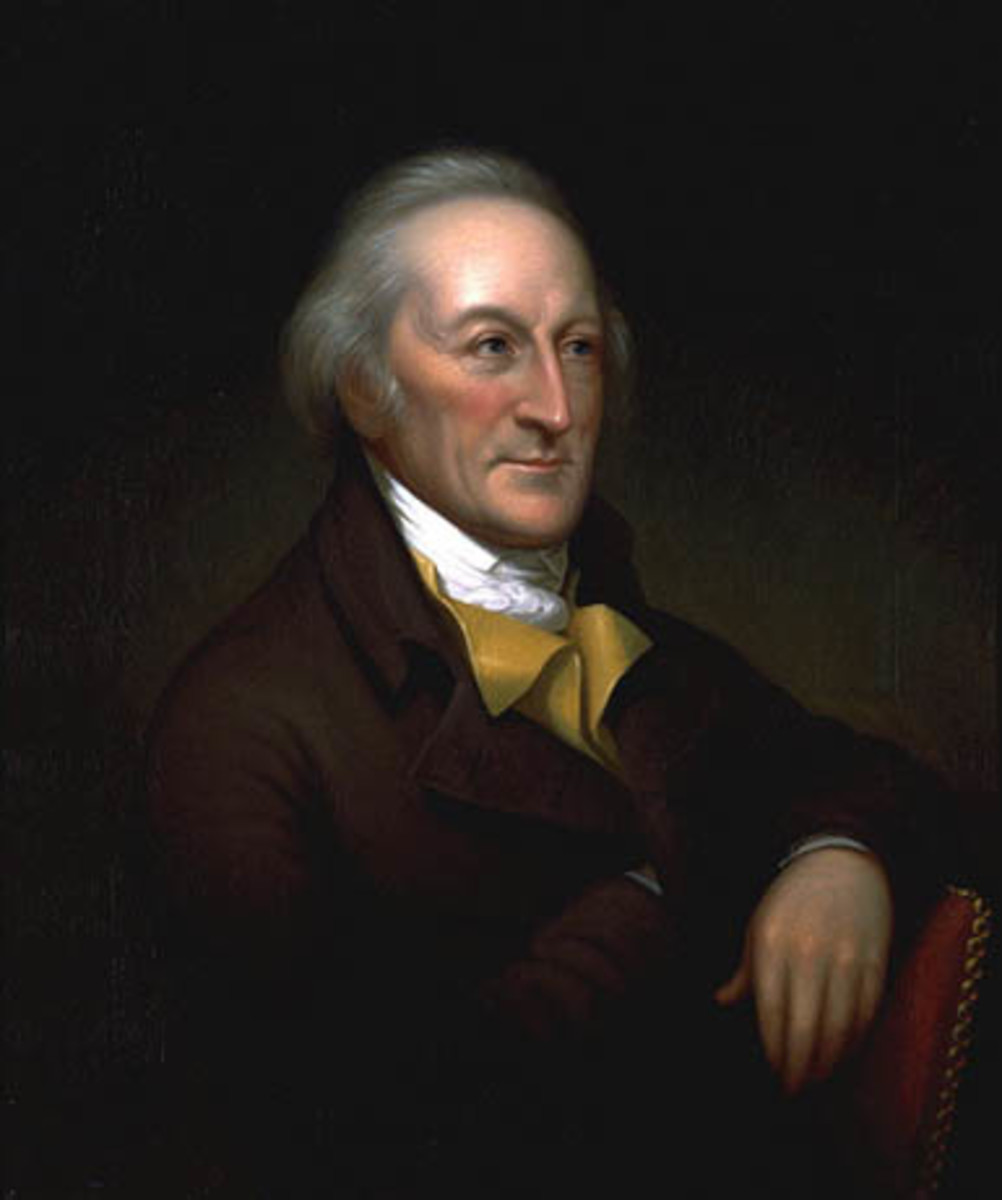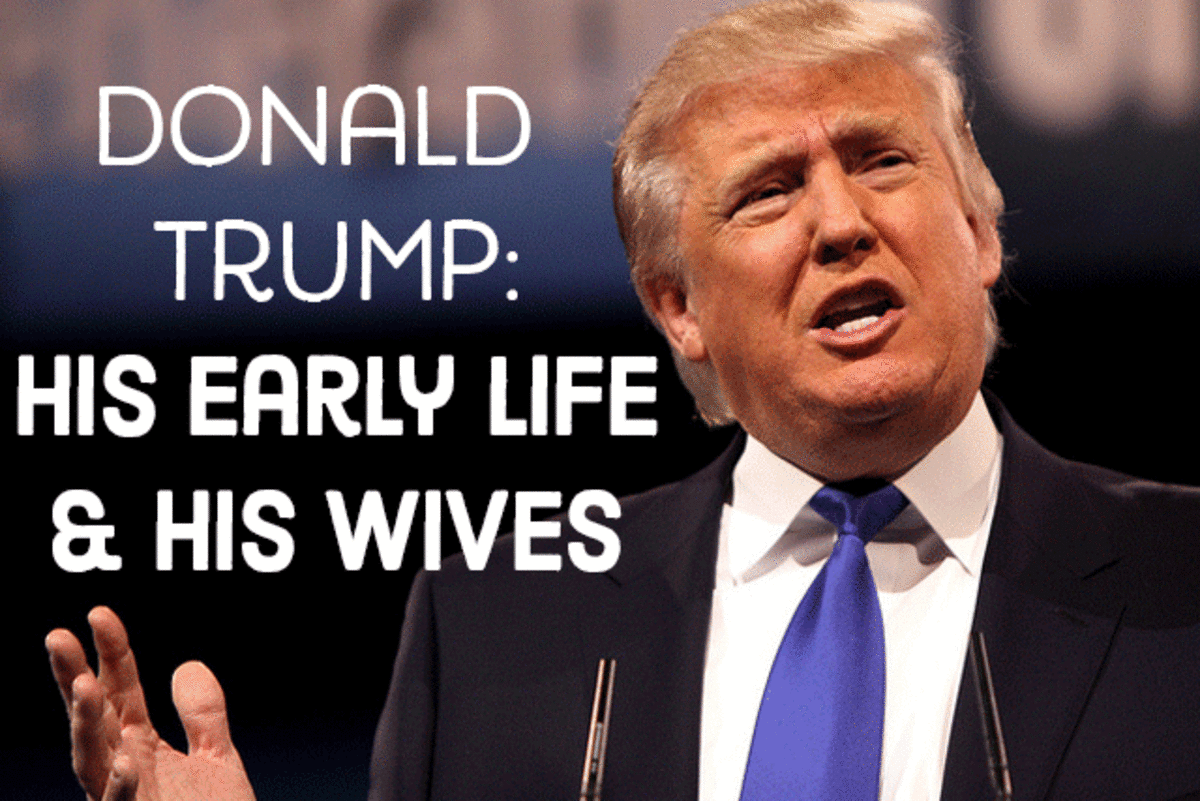Weston Wagons West - Ep. T2 - Fred Weston family meets the Ewings and the Prestons
Modern Map of Miami County
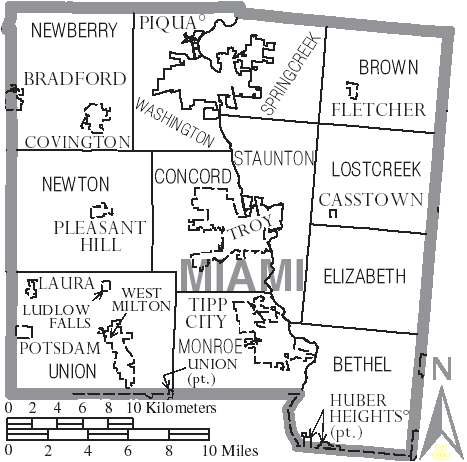
The Fred Weston family in the first half of the first decade of the nineteenth century
As 1800 turned into 1801, Fred and Winona Weston and their three sons were living nothwest of Piqua in what we know today as Miami County, Ohio. They had arrived in this area shortly after the earliest settlers, including the Garrard, Hudson, Rollin, Cox, Rich and Hunter families. Settlers continued to arrive in the region as concerns about Indian activities faded.
In August of 1802, their son, Truman reached his 12th birthday. In accordance with Weston family tradition, at this time, Truman officially entered into a two year apprenticeship with his father to learn the farrier trade. Care of their horses was paramount to the entire Weston family, but on this date, it took on additional meaning. Truman had looked forward to this day, and was very proud to enter this new stage of his life in the family. He had already been well indoctrinated orally, and had observed his father's activities, and assisted him, as much as he could, in preparation for this day.
With the combination of new people constantly arriving, and Fred's occupation of assisting his neighbors, new and old, to care for their horses, and occasional horse trading and exchanges, Fred and Winona kept up easily with news of the region as well as the nation. They were well aware that to the north and west of their location, Indian problems exacerbated by British interference, could still become a concern. This was made more worrisome by news from the east coast that American and British naval issues on the high seas, especially impressment of Americans by the British ship masters, was escalating.
A History of the State of Ohio
Ohio statehood
Meanwhile, closer to home, they were pleased to learn that on March 1, 1803, Ohio became the 17th state of the United States, the first under the Northwest Ordinance. Local representatives attended the Constitutional Convention and were treated as heroes when they returned.
In August of 1804 Truman completed his 2 year farrier apprenticeship and chose to continue with 2 years of blacksmith apprenticeship in addition to his advanced farrier education and experience. His father and mother were very pleased because it was also a decision that contributed well to the entire family well being. With turning 14 years of age, Truman also qualified to receive two horses of his own, with which to begin his own herd. Truman had worked closely with his father and mother over several months to choose the two mares that would become his own.
Not to be forgotten, the following month, in September 1804, middle son, Charles, began his 2 year farrier apprenticeship, as well. Winona was especially pleased that a second son had chosen to earn his way into the family business. She knew that Fred would reach his 60th birthday the following year. Although his health had been good, the years were beginning to show. She was nineteen years his junior, and looked forward to many good years ahead with their horse business. She had been actively involved from the time they had married. Now, she hoped that Fred could begin to "slow down" - a bit - and begin to let "his boys" take on some of the more strenuous jobs as they grew into them. They were each mentally and physically strong, for which she was thankful. Now, the challenge would be to get her husband to understand the desired transitions ahead.
Their business connections now stretched from the small, but growing, village of Troy, to the south, northward all the way to Fort Defiance to the north and west. At Fort Defiance, Fred continued to work with the military, from time to time. These contacts were a smaller part of their business activities than they were earlier, but they were still very important.
Have your read this modern classic?
The second half of the first decade arrived as business continued to grow for the Westons
Truman Weston turned age 16 in August of 1806, completing his apprenticeships, and receiving 2 more mares, as planned. His parents were proud of his accomplishments and welcomed him into full partnership in their business operations. They hoped, and assumed, that he would stay around a few years with them before he wanted to go out on his own. Only time would tell.
September, the following month, marked the 14th birthday for Charles, as well. The young man was very pleased to receive his first two mares. He chose to continue his dual apprenticeships, as well. Charles also asked to learn what his father could teach him about woodworking and wagon building. Many of the Weston men had learned wagon making. Fred had worked in an uncle's wood shop as a young man, so it would be a refresher for him, as well. He also knew he could call on a friend, who was a skilled wagon master in nearby Troy, if he needed some reminders.
Miami County, where they lived, was officially formed by an act of the Legislature on January 16, 1807. Several communities in the county vied for the honor and privilege of becoming the County Seat. Troy eventually earned that honor, but it was not without much political activity and consternation of many of the citizens, in the process. Fred and Winona lived in what was now the northwest corner of the new county, and tried to stay out of the political squabbling. They had customers on both sides of most issues, and didn't want to lose any of them.
In September of 1808, Charles reached his 16th birthday, and received his 2 additional mares, as planned. It turned out Charles had a knack of working with wood, as well as with blacksmithing skills. He became adept at creating wooden wheels and making rims that fit precisely, at a young age. He had spent several weeks in Troy, working with the wagon master, there. His parents were relieved, of course, when he let them know how much he appreciated what he had learned, and that the horses and his farrier skills, would continue to be his chosen occupation.
Learn about wagons of the westward movement
William and John Preston arrive in the area and get right to work
Among the people arriving in the area from the east were two brothers, William and John Preston. William, the older brother, was a few years older than John, but everyone was careful not to make a point of it. They were treated as equals, whenever possible. Fred and Truman first got to know them at militia drills. William had quickly been elected an officer because of his obvious leadership skills.
Each community had organized volunteers who met, usually weekly, to be prepared should they be called upon. War, with either Indians or the British, did not really feel imminent, but it was still on everybody's minds. The majority of men in the area had some kind of militia experience from the various areas they had each come from. Americans of the day did not support a standing army, but they were avid in their support of citizen soldiers, to be called on by the state, as and when needed. They were rarely called to act, but the social aspects of the loose training environment that the militia meetings offered easily justified the time spent in these activities.
Fred estimated that William Preston was probably in his late 20s. He doubted that John was even 20, but he pulled his weight, followed his brother's lead, and was a very pleasant young man. The brothers worked with traders in the area and seemed to be learning the business so as to go out on their own one day, Fred assumed. Fred found them both to be very personable and also quite ambitious. They asked him a lot of questions about his horse-trading business, and especially about what his experiences were up north at Fort Defiance. Was it run entirely by the military? How many settlements and settlers were in the area? Fred responded openly about his experiences, but kept his ears open, as well, in an effort to assure himself of what their intentions really were. All kinds of people were coming into the area in recent years, and each had the opportunity to redefine who they were, by their actions. People didn't normally ask a lot of questions about the past, or where the men had come from, unless they brought it up themselves and volunteered the information.
President Thomas Jefferson
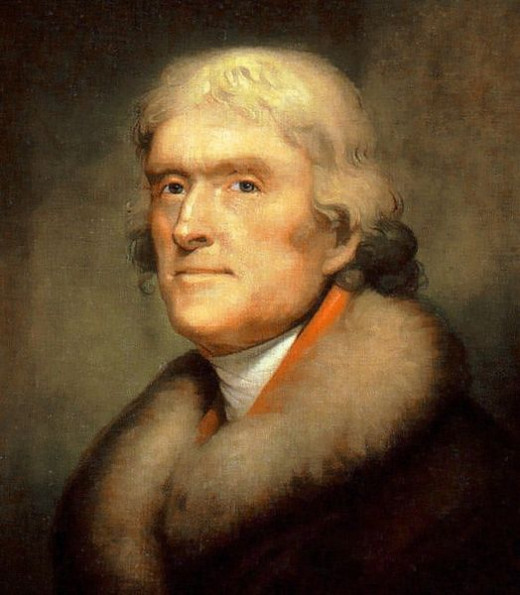
The United States of America and Britain go to war - later, it is called the War of 1812
In March of 1805, President Thomas Jefferson had appointed William Hull as Governor of the newly created Michigan Territory to the north of Ohio as well as its Indian Agent. He had negotiated the Treaty of Detroit in 1807, which ceded much of present-day Southeast Michigan to the United States. Shawnee leaders, including Tecumseh, preached resistance to the Americans settling ever more land in this area. He was supported by the British in Canada, many of them located directly across the river from Fort Detroit.
Early in 1812, Hull was in Washington, D.C., receiving new orders to go back to Detroit to deal with expected Indian and British hostilities there. Reluctantly, he accepted appointment as a Brigadier General in command of the new Army of the Northwest. He was to go to Cincinnati, in May, and move north across Ohio, collecting certain military units and militia units along the way on his march to Detroit.
The march north was well known to our Weston family and their neighbors, of course. One of the stopovers on the way north was in Miami County, though their Miami County militia units were not among those added to the troops moving north. The Declaration of War with Great Britain was signed on June 18, 1812, as they were passing through this area. When Hull's repeated requests for naval support on Lake Erie as well as more, better prepared troops, were ignored, he knew he was in trouble, but he started the invasion of Canada, from Fort Detroit, as ordered on July 12, 1812.
He quickly withdrew back to the American side of the river, however, when word reached him of both the capture of Fort Mackinac, to the north, by the British, and of an unexpectedly large buildup of Indian forces awaiting to attack his retreat and the Fort.
Hull surrendered Fort Detroit to British Sir Isaac Brock on August 16, 1812, when his best intelligence information convinced him that all of the civilians at the fort would be massacred if he did not surrender.
General William Hull
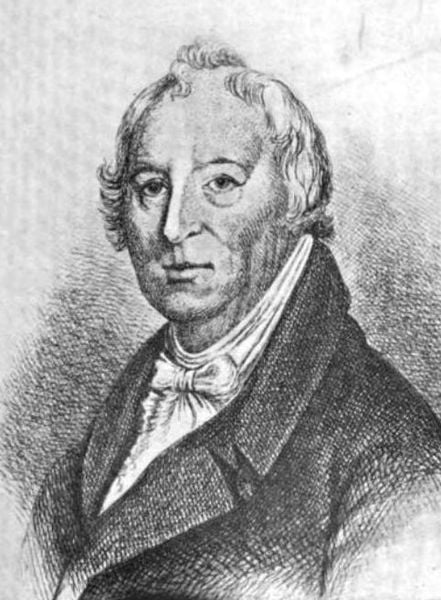
Citizens at Fort Detroit allowed to evacuate safely and move to the south into Ohio.
At least several hundreds of civilian lives, as well as those of many military and militia members, were spared by the decision of General Hull to surrender Fort Detroit. Among those spared were a Ewing family and Butler family, both of whom made their way south into northwest Ohio in the fall of 1812. (We will discuss this particular Butler family in later stories.)
After the Alexander Ewing family had been in Troy, Ohio, for a time, and Fred Weston got to know them, he learned that Alexander had joined the Continental Army in 1779, at the age of sixteen. Alexander was more than anxious to share his stories, once he became acquainted with new friends. He shared that he had continued in the army through the British surrender at Yorktown in 1783. He said he had then joined a trading company, and had built the first settler's cabin on the site of what became Buffalo, New York. By 1802, Ewing, and his wife, the former Charlotte Griffith, had settled in the trading community at the River Raisin, near Detroit, and raising their family.
Alexander had arrived in Troy with his wife, Charlotte, and their three young sons and their 22-year-old daughter, Sophia Charlotte. They were intend on continuing their trading business from Troy. There was fierce competition in the trading business at this time, but he believed his experience would win the day for his family.
Surrender of Fort Detroit
Were you aware of the Surrender of Fort Detroit before reading it here?
Historical notes by author
The only fictional characters in this story are the Weston family members. All others mentioned are actual historical characters used here fictitiously, adhering as close as possible to known movements, places and times of the individuals mentioned as possible. To make the stories flow most smoothly, known movements of individuals in the stories not relevant to the story lines are not included here.
William Preston was the second great-grandfather of the author. The author's second great-grand mother, Asenath Butler, was born in or near Detroit in 1803, and was a member of the Butler family mentioned above. Stories to be continued.
Thank you, General Hull, for surrendering the Fort and allowing the civilians to escape unharmed. Although he had to stand trial at a court-martial, he knew he had done the right thing. I agree.





